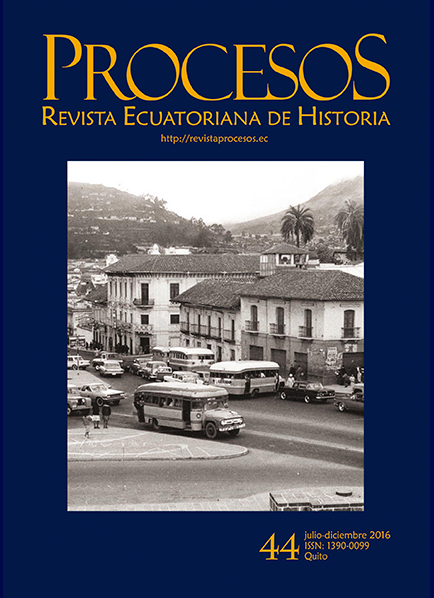Planificación urbana, modernización vial y cambios en la vida cotidiana de Quito: el caso del barrio San Blas, 1967-1973*
Contenido principal del artículo
Resumen
La investigación analiza el impacto que la planificación urbana desarrollada por el Municipio de Quito tuvo sobre el centro histórico de la ciudad, en los años sesenta y setenta. Se examinan las políticas de modernización de la ciudad expresadas en una visión de ordenamiento territorial, interconexión zonal y desarrollo vial. Al mismo tiempo, se evalúan las consecuencias de estas intervenciones en la vida social. El análisis se centra en el caso del barrio de San Blas, escenario en el que se construyó el proyecto vial de conexión norte-sur, sobre la base de lo previsto en el Plan Director de Urbanismo de 1967. Se describen las consecuencias de estas intervenciones urbanas especialmente en el ámbito de la vida barrial y en el derrocamiento del emblemático edificio de la Biblioteca Nacional, en 1973.
Descargas
Detalles del artículo

